A hybrid SUV could well be the most sensible option on the menu for the medium term for any family. For commuting and most running around, they now offer very usable electric range, and any trips further afield can be made without having to rely on an EV charging network that’s still in its infancy.
And while these petrol-electric models are still expensive to buy, they continue to attract preferential benefit-in-kind taxation rates for company car drivers, which usually makes them a far more wallet-friendly alternative to a traditional company car. In fact, it's in the context of the corporate car park that these bi-fuel models make the most sense.
Funnily enough, plug-in powertrains also make a lot of sense when they’re installed in SUVs, where the bulk of the battery and extra electric motors can usually be accommodated without any loss in space and practicality.
And because these higher-rised, convenience-first cars continue to be hugely popular with buyers, there’s a wide choice of contenders, from relatively affordable compact crossovers to higher-priced and higher-performance luxury machines.
The best hybrid SUVs
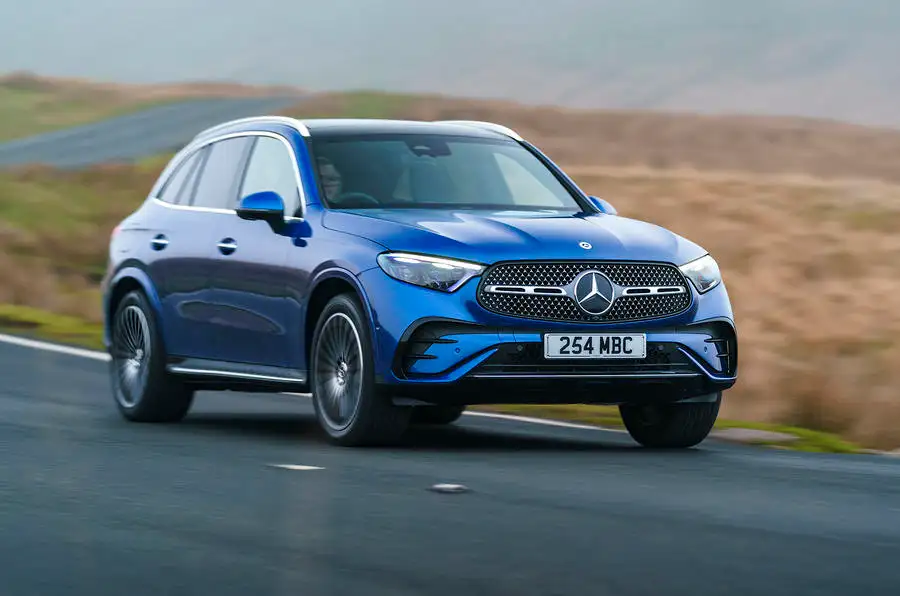
If it's the potential for lots of electric-only running that attracts you to the idea of a hybrid SUV - whether that be for what it saves you at the petrol pump or on your annual P11D form - there is currently one contender that stands out clearly from the field: the Mercedes GLC 300e.
Mercedes fitted a whacking great 31.2kWh drive battery to this car as part of its second-generation version: which would have been unusually large for a full-size luxury SUV, let alone a mid-sized one. It makes the GLC 300e good for a claimed 83 miles of 'EAER' tax-qualifying electric range - and one of few cars in this list that'll get you a five-per-cent BIK qualification even if you lavish plenty of options on it.
The snag is, however, that even base spec models cost around £65,000. But it is a modern Mercedes SUV, which means it's not short of digital multimedia technology or luxury cabin feel.
The car's driven by a 2.0-litre four-cylinder turbocharged petrol engine working in tandem with a 134bhp electric drive motor. Weighing almost 2.3 tonnes, it's not the most dynamic drive in this list, struggling a little with vertical body control on country roads. But it's smooth and quiet whether running electrically or not; has decent electric-only oomph to match that electric range; and doesn't penalise owners with reduced boot volume, either.
Read our Mercedes-Benz GLC review


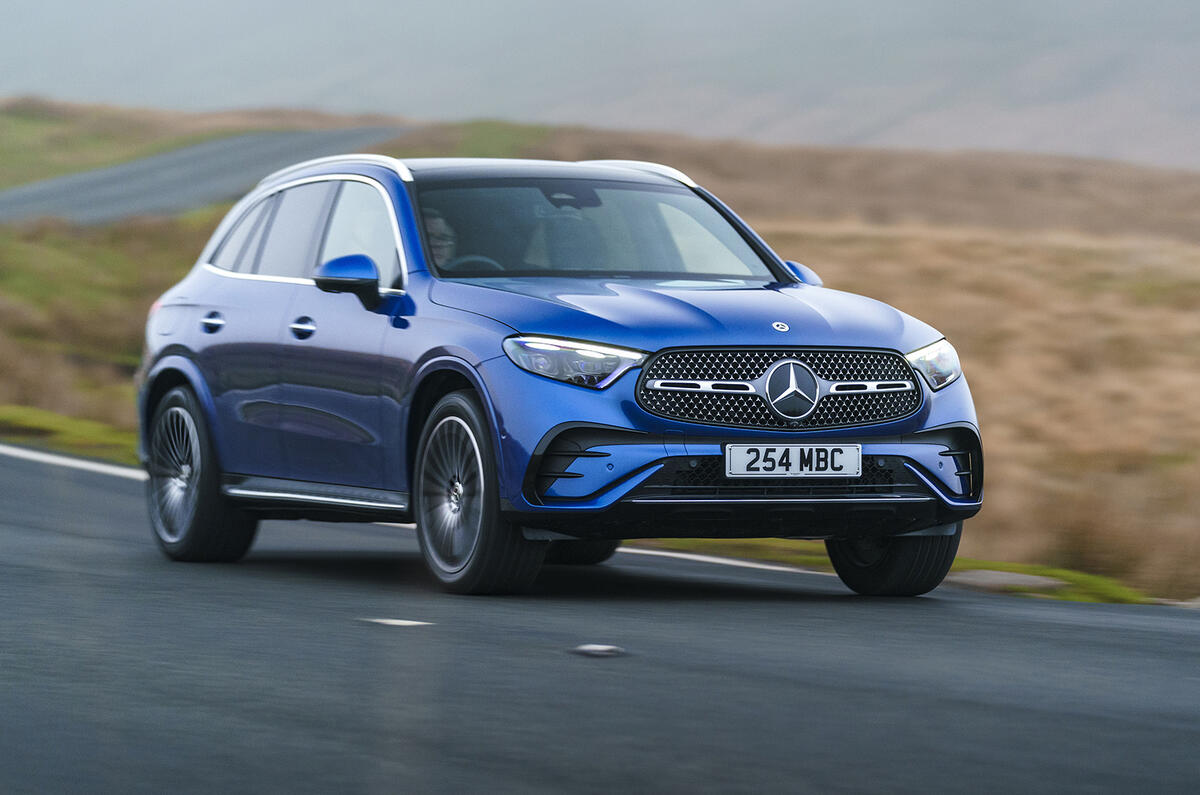
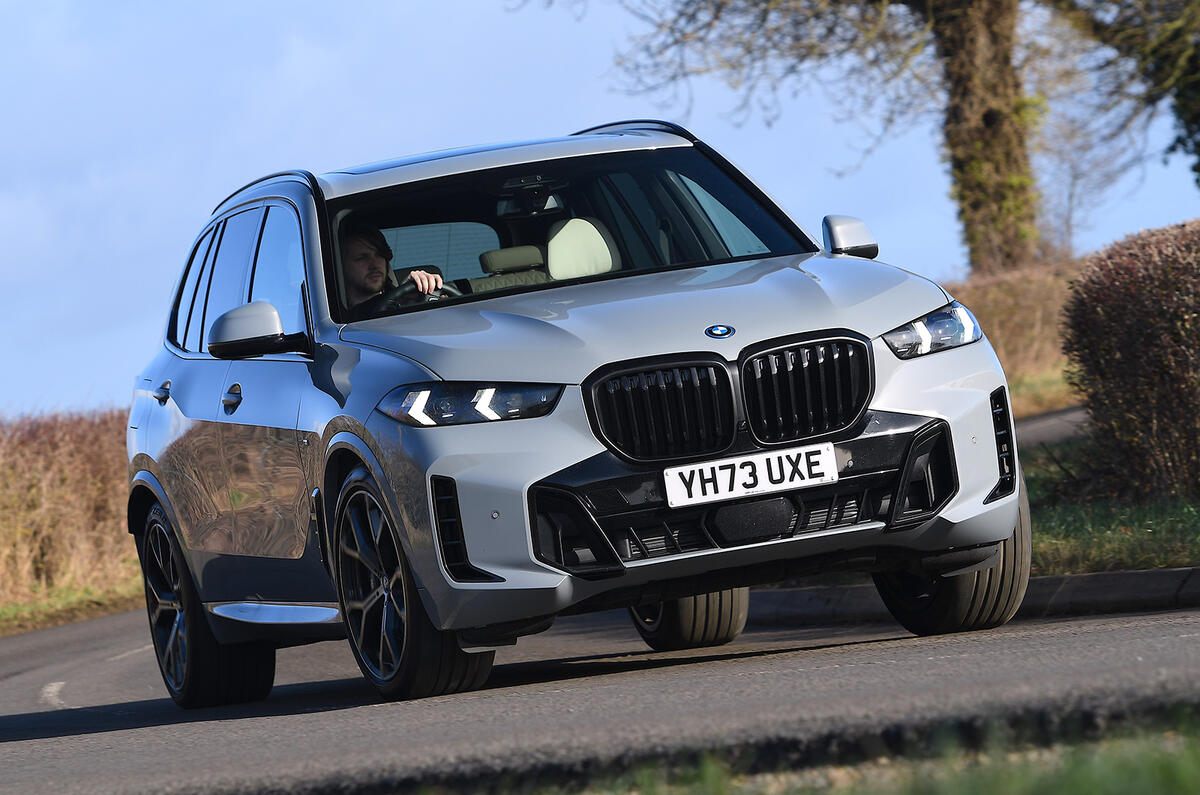
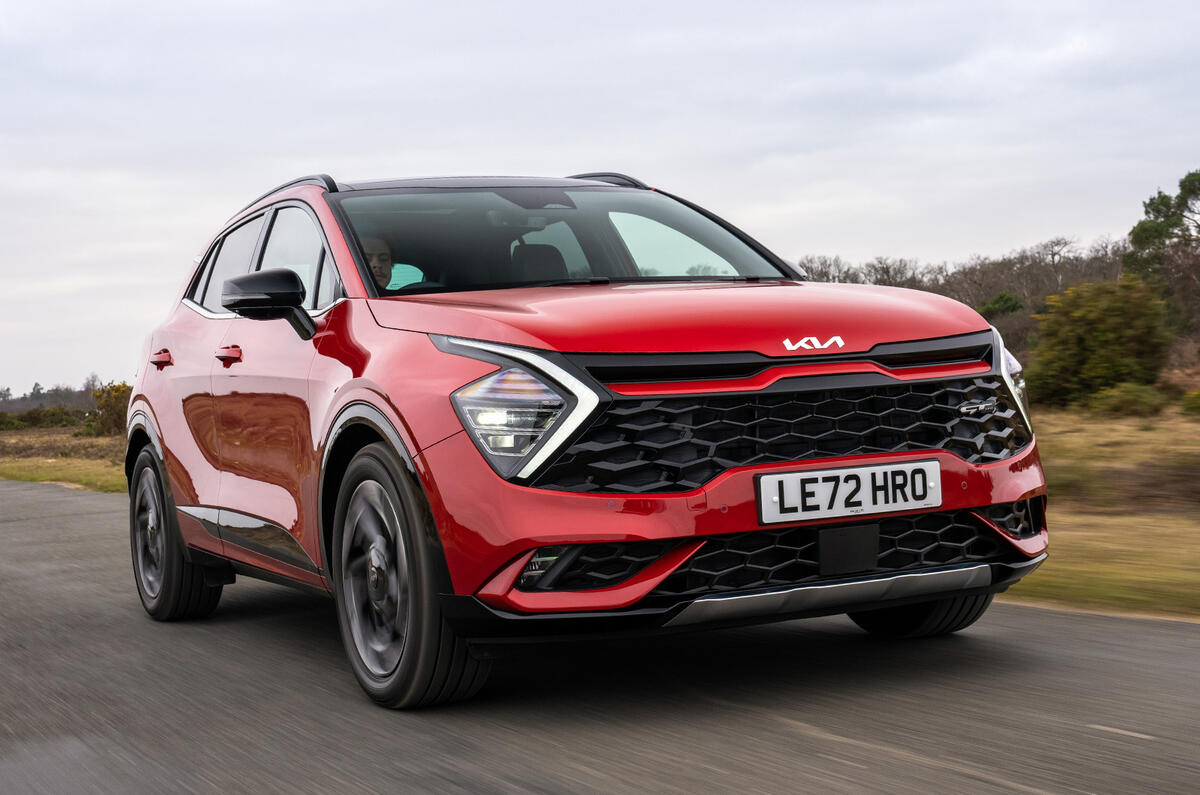



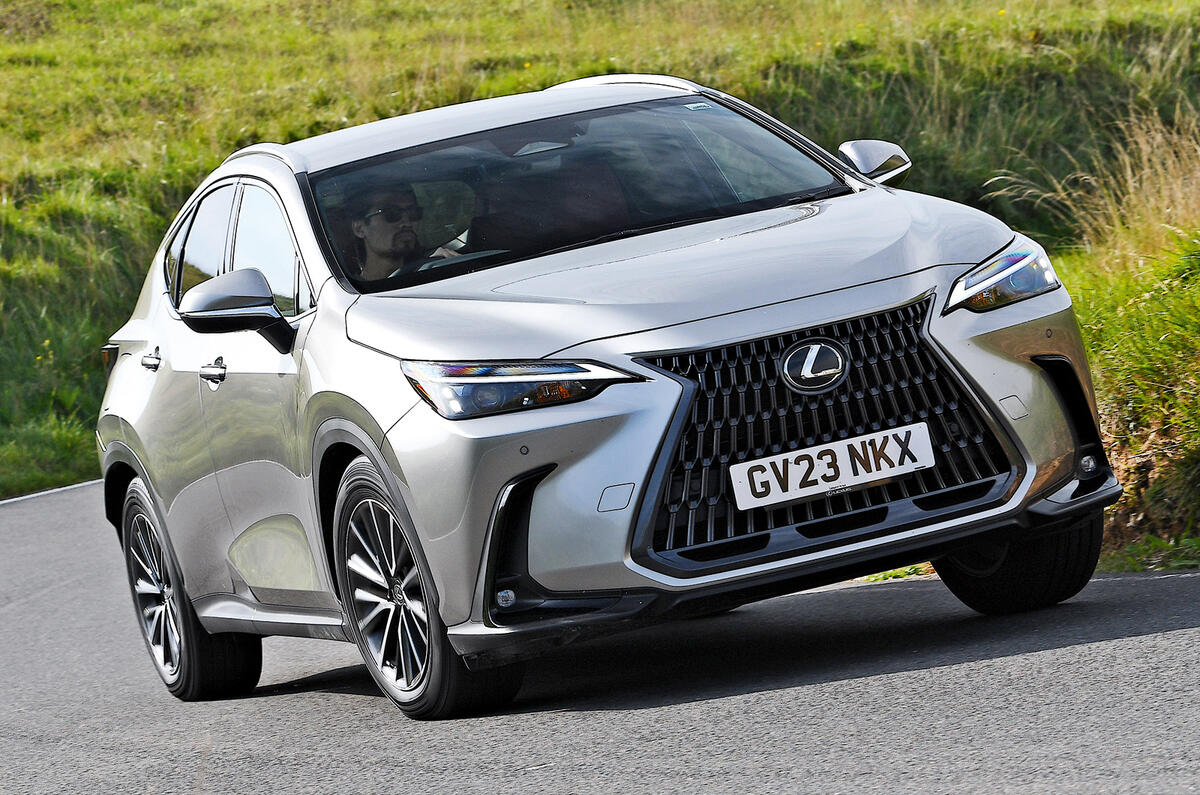
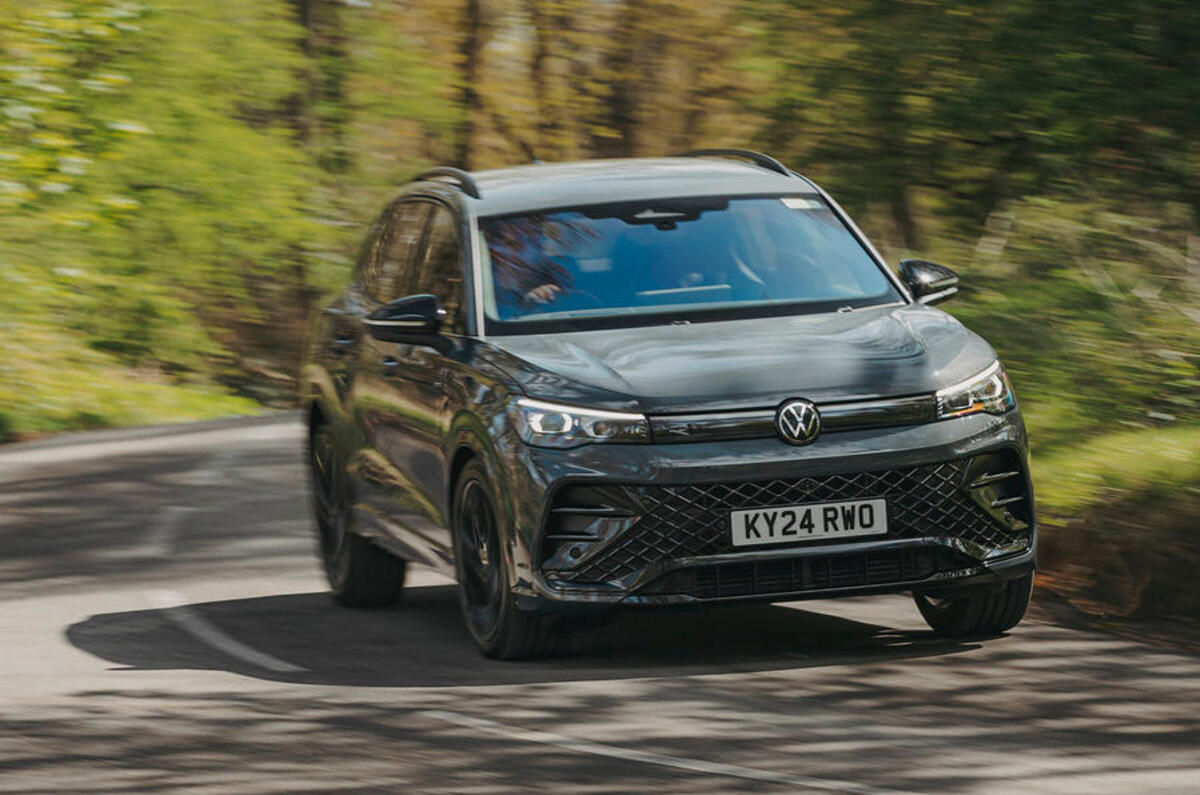













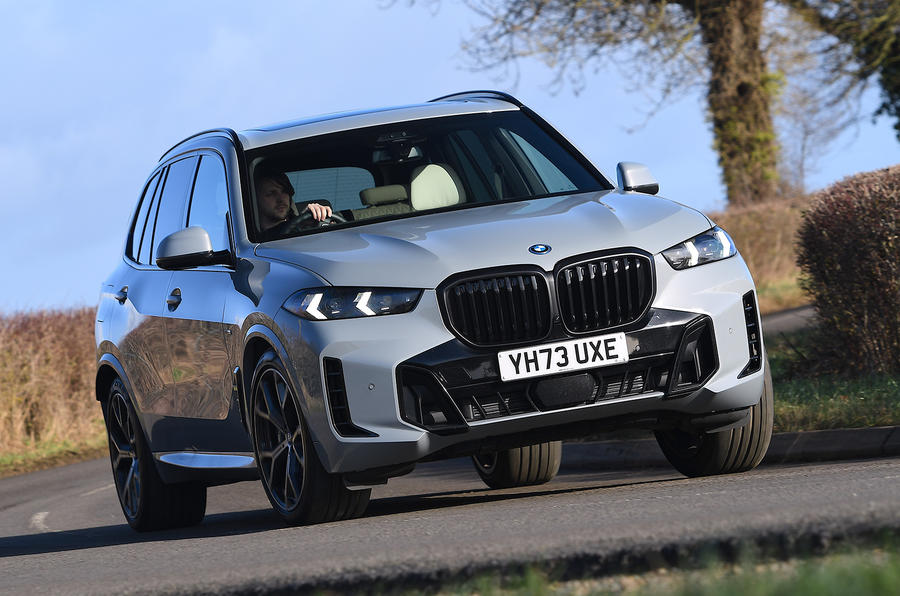
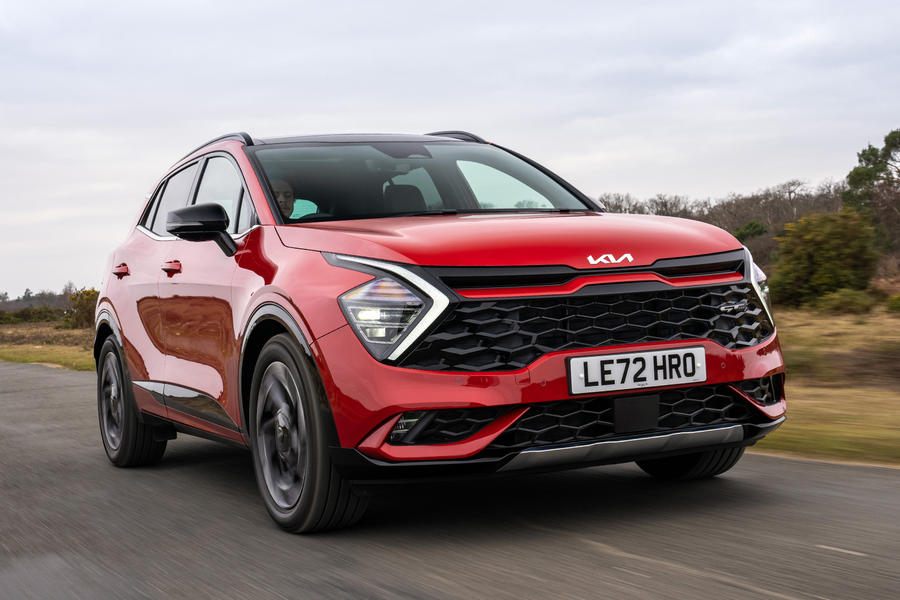
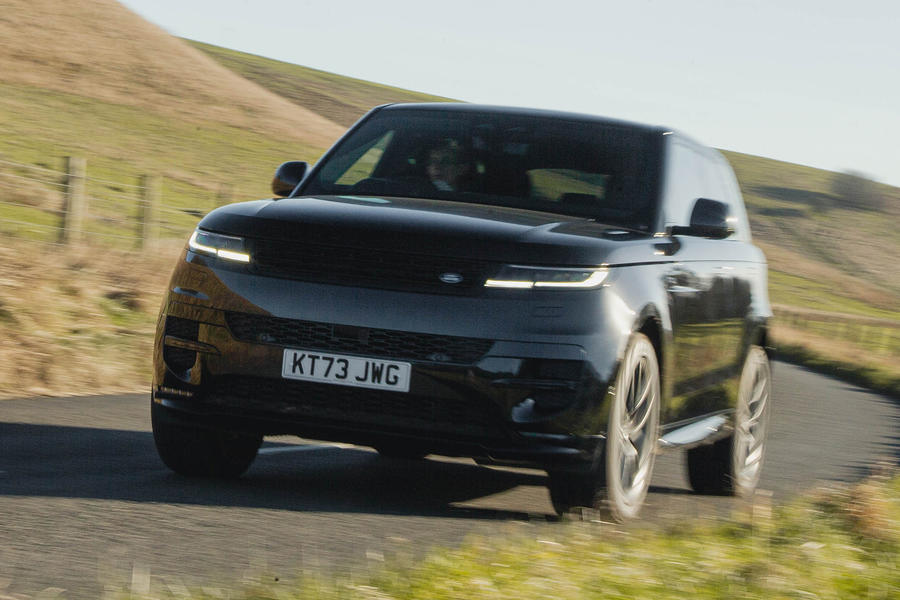
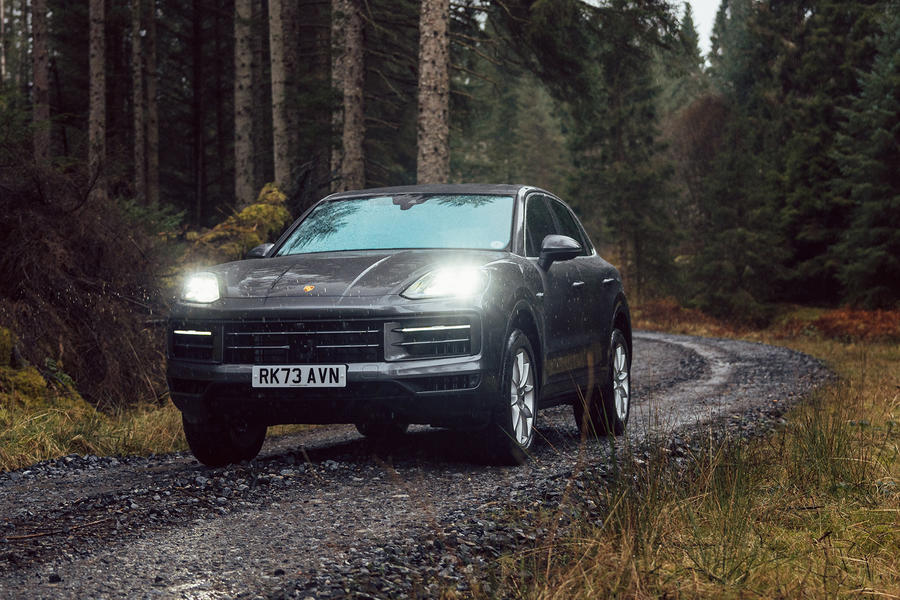
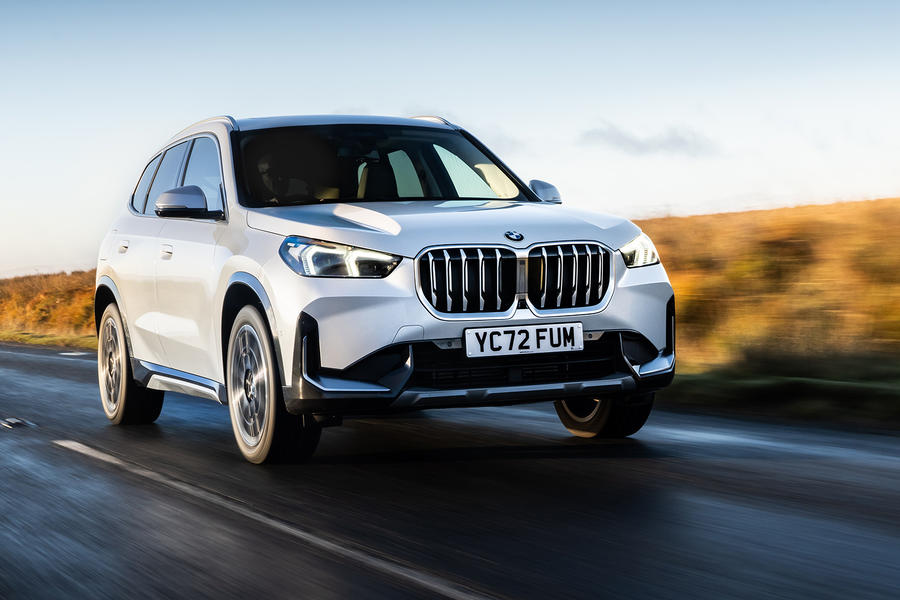
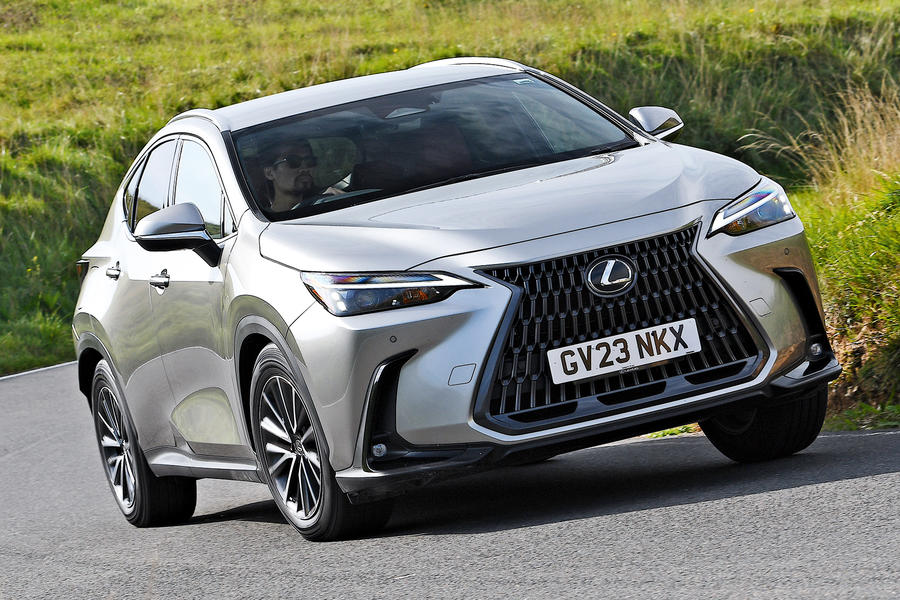
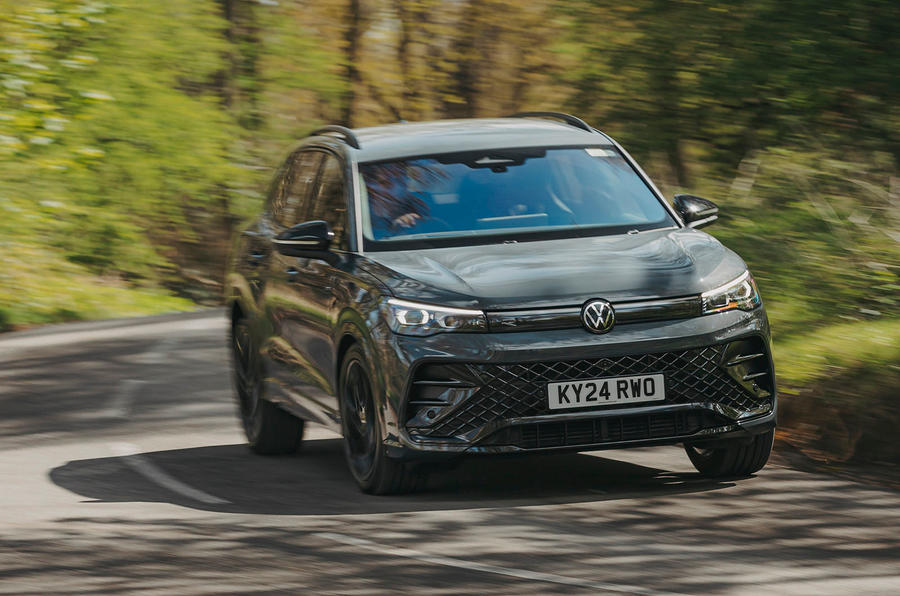
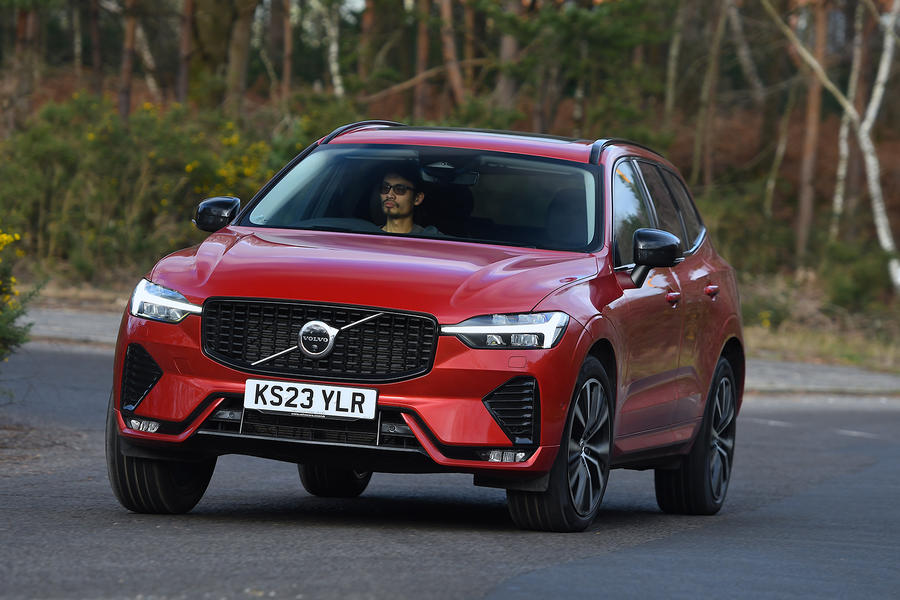
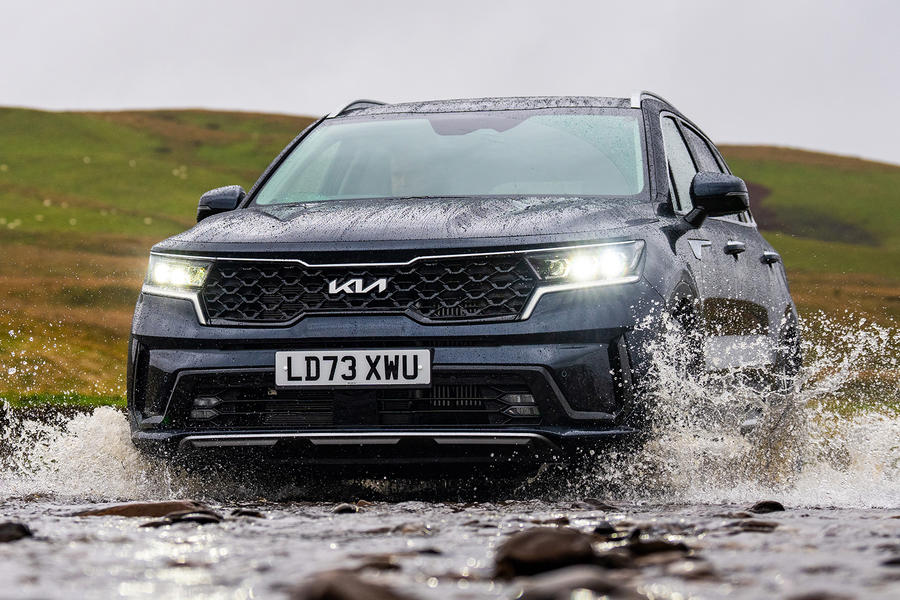






Join the debate
Add your comment
Oh dear, PHEVs - where to start? Two main issues for me
1. should always, always, have had their emissions based on a combination of battery full and battery empty. Stop manufacturers taking the p!ss by managing to package a big battery with a turbo V8 and this be considered an eco car. Whereas a smaller, lighter car can't fit a big enough battery to be able to achieve the required EV only range. Utter nonsense
2. neighbour has a Mercedes C350e, 7 years old and 35k mileage and worth £13.5k trade in if working. A failure of the high voltage battery has left her with no choice but to pay a £9k (!) replacement cost otherwise the car won't move and has no value. So we're going to start writing off cars when they're worth £9k are we?
For someone who typically owns cars 7-12yrs old I'll be avoiding PHEVs for as long as possible. The paltry fuel savings are completely offset by battery replacement costs or insurance to cover you against it happening
these are all PHEVs, is that the only type of Hybrid?
They can easily cheat their emissions tests in the real world. These are heavy cars often not being charged by the user.
Why not include a FHEV or 2 to mix it up?